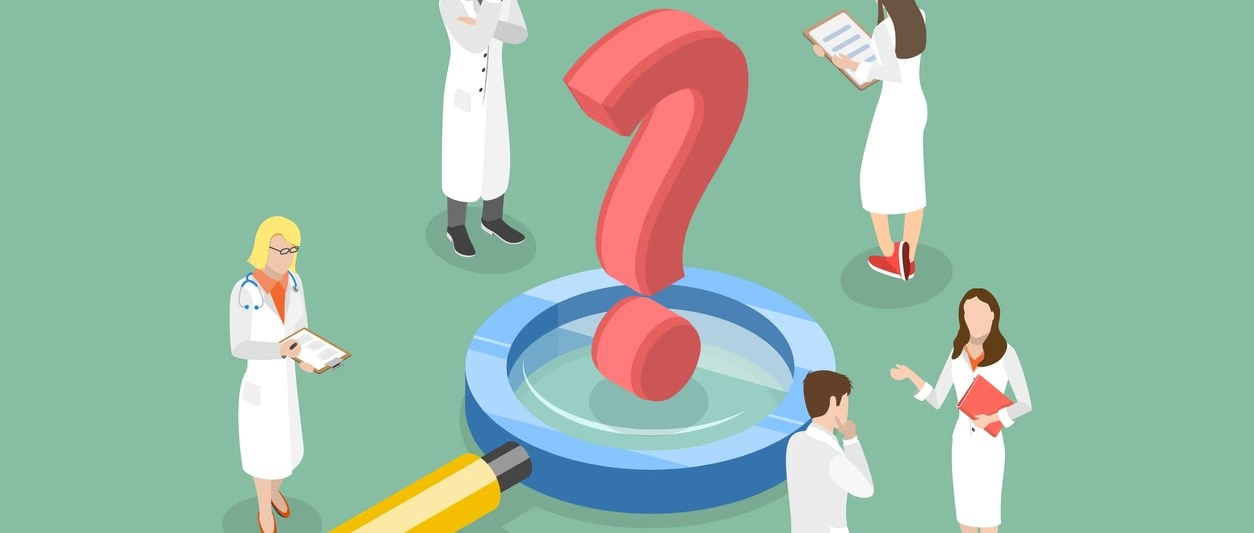
How do the clinical trial phases work?
Peer reviewed by Dr Krishna Vakharia, MRCGPLast updated by Amberley DavisLast updated 1 Jun 2023
If you're volunteering for a clinical trial, it's important to know what 'trial phase' you'll take part in. Clinical trial phases investigate different aspects of a treatment, work in different ways, and come with their own set of benefits and safety considerations.
In this article:
Continue reading below
What are clinical trial phases?
All clinical trials involve testing new treatments on volunteers, to see if they're safe and effective enough to be approved for real world use by those in need. These trials are divided into four or sometimes five stages, known as clinical trial phases.
The earlier the trial phase, the less a treatment has been tested. It's important that every new medical advance journeys through at least three main phases - phases one to three - to determine whether it's ready to be used in healthcare.
If you're taking part in a trial, there are some things that all phases of clinical trials have in common:
They involve testing on people.
These people are often randomly divided into treatment groups who'll be administered the new treatment, and control groups who'll be given either a dummy drug (placebo) or an existing treatment that the new treatment can be compared with.
They involve time spent on hospital-style wards - this can be as short as a day or involve several weeks in isolation with other participants. Read about Alice's experience here, a man who has volunteered for around 50 clinical trials.
Why are clinical trials divided into phases?
The clinical trial process is split into phases as they build on each other - each providing further insight from the last. They aim to answer different questions, and each one can only be answered once a previous question has been addressed.
For example, in a phase one clinical trial, a treatment hasn't been tested on people before, and so it asks if administering it produces any side-effects. A phase four trial, knowing that this treatment produces little to no side-effects in people after short-term use, looks at whether it's also safe for long-term use.
Clinical trial phases each come with their own risks and benefits, and so it's important to know what phase a trial is before you agree to take part. This will give you an idea about how much is known about a treatment - and how many people it's been tested on - before you decide whether to take part.
In the UK, ethics committees work to protect participants by ensuring trials meet ethical standards1.
Patient picks for Health research
Continue reading below
Phase 0 clinical trials
Test very small doses on a very small pool of people.
After being developed in the lab, most treatments enter a phase one trial, but some include an additional phase that tests dosage amounts on an even smaller number of people. Researchers may opt for this phase 0 trial if they want to find out more about how a drug behaves in the human body in very small dosages. This may involve administering a drug to between 10 and 20 people, as opposed to around 50 in a phase one trial. This means that if any side effects occur, they are limited to a smaller number of people.
Phase 0 trials
Test how a treatment works in the body in very small doses.
Involve doses too small to measure if a treatment may work.
Are normally carried out on up to 20 people.
Phase 1 clinical trials
Test if a treatment has side effects on healthy volunteers.
A phase one trial is usually the first time a new treatment is tested on people. While measures are taken in the lab to make it as safe as possible, this is often the first opportunity for researchers to trial the real-life effects of a treatment on humans. Phase one trials will often also investigate which dosage and administration techniques are the most safe and effective
Phase 1 trials
Usually the first trial of a treatment on human volunteers.
Involve a small number of people, usually up to 50.
Investigate side effects.
Involve very small dosages which may be increased if no side effects are reported.
Continue reading below
Phase 2 clinical trials
Test if a treatment works on ill people.
Once a treatment passes the minimal safety markers of a phase 1 trial, a phase 2 trial looks to test it on a wider pool of people. Usually, these volunteers have the condition for which the treatment is designed to help. This allows researchers to investigate how safe and effective it is for that condition, and to start forming a more detailed idea of its possible short-term effects.
Phase 2 trials
Involve a larger number of volunteers.
Usually test short-term effects on people with specific illness.
Phase 3 clinical trials
Test a treatment on a much larger scale.
The next phase significantly increases the number of volunteers again - to hundreds or thousands of people - and may also run for a much longer period of time, often more than a year. The aim of this phase is to gather as much data as possible. The more participants a trial involves, the more accurate a picture researchers get of how well a treatment works, as well as the variety, severity, and likelihood of any adverse reactions.
Phase 3 trials
Test on large groups of people, often hundreds or thousands.
Often run for over a year and sometimes several years.
Compare the effects of a drug or treatment on one group against a control group who are either given placebo or a current alternative treatment.
Phase 4 clinical trials
Test the long-term benefits or risks of treatment.
Phase 4 trials happen after a drug has been approved and is available on the market, and for this reason not all new treatments require them. However, if the treatment requires long-term use - for example, a medicine taken regularly by people for years - a phase 4 trial gathers information on how well it works and if it can cause any harm when used for much longer than the previous phases researched.
Phase 4 trials
Test the long-term safety and effectiveness of a treatment.
Involve people taking the treatment, usually on prescription, to manage their ongoing condition.
Aren't needed for treatments that aren't designed for long-term use.
Further reading
Article History
The information on this page is written and peer reviewed by qualified clinicians.
1 Jun 2023 | Latest version
1 Jun 2023 | Originally published
Authored by:
Amberley Davis

Feeling unwell?
Assess your symptoms online for free

